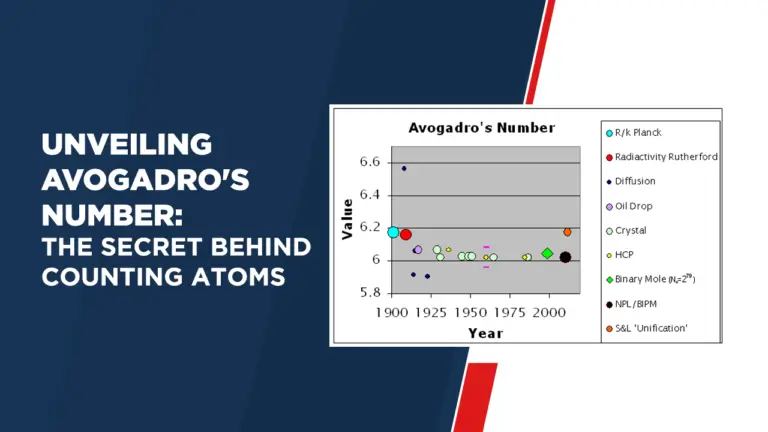Unveiling Avogadro’s Number: The Secret Behind Counting Atoms
Introduction
Chemistry offers us a bridge between our everyday experience of the macroscopic world we observe and the realm of atoms and molecules – Avogadro’s number being one such fundamental constant that bridges this gap. Through this article we hope to unravel its secrets as well as appreciate its significance when counting atoms.
What is Avogadro’s Number (NA)
Avogadro’s number, denoted as NA, is an essential constant that indicates how many atoms, ions or molecules make up one mole of any substance. A mole is used as a unit for measuring amounts of chemical substances; Avogadro’s number connects this macroscopic amount with particles residing on microscopic scale. More precisely defined, Avogadro’s Number stands as equaling approximately 6.022 × 1023.
Value of Avogadro’s Number
The value of Avogadro’s number, 6.022 × 1023, may seem astonishingly large, it actually serves to show how minute individual atoms and molecules truly are – as well as illustrate how large-scale chemical operations operate where even minute amounts of substances contain an incredible array of particles.
Avogadro’s Number Units
Avogadro’s number is dimensionless, which allows it to act as an idealized number representing particle counts without having any units attached to it. Chemists utilize this characteristic of Avogadro’s Number in their calculations so as to bridge between macroscopic quantities such as grams and microscopic ones such as individual particles.
Define Avogadro’s Number
Simply, Avogadro’s number can be defined as the total number of atoms, ions or molecules present in one mole of a substance. Chemists use this definition to make connections between quantities of substances measured as moles and their composition of individual atomic or molecular entities.
How to Calculate Avogadro’s Number
Calculating Avogadro’s Number requires understanding the relationship between mass, molar mass and particles present in any substance. One mole of any given material contains Avogadro’s number of particles so you can calculate its moles by dividing its mass by its molar mass; then multiply this figure by Avogadro’s number to get your count of particles.
Conclusion
Avogadro’s number stands as an indispensable foundation of modern chemistry, acting as a link between macroscopic quantities and the subatomic world. While its value, which exceeds 1023, may seem daunting at first, its immense size demonstrates just how vast and vastly intricate our microscopic universe truly is. Understanding Avogadro’s number is more than an academic pursuit; understanding this formula unlocks knowledge about molecular interactions.




